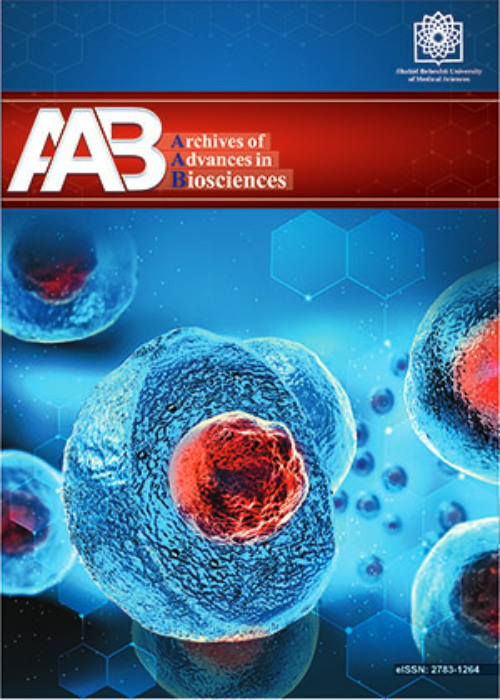Conjugation of a Podoplanin-specific Single-chain Fragment Variable (scFv) to Granzyme B for Designing a Potential Therapeutic Against Malignant Tumors: An In-silico Experiment
Monoclonal antibodies (mAbs) and antibody-drug conjugates (ADCs) have changed the face of cancer treatment methods drastically. Herein, I attempted to conjugate a podoplanin (PDPN)-single-chain fragment variable (scFv) to granzyme B (GrB) to design an antibody conjugate (named LpMab-2-(G4S)3-GrB) using in-silico techniques.
The 3D models of the PDPN -specific scFv (LpMab-2), LpMab-2-(G4S)3-GrB, and PDPN were predicted by GalaxyWEB, assessed through Ramachandran plot analysis, and refined by 3Drefine. The physicochemical properties, solubility value, and Tm of LpMab-2-(G4S)3-GrB were estimated/predicted and compared with LpMab-2 and GrB. Finally, the binding capacity of LpMab-2-(G4S)3-GrB to PDPN was compared with that of LpMab-2 through docking and affinity prediction alongside identifying the residues that participate in the binding through 2D interaction plots using the LigPlot+ software.
The 3D models were predicted to be of high quality and refined successfully. The solubility and Tm of LpMab-2 were predicted to decrease and increase following its conjugation with GrB, respectively, whereas its estimated half-life was not affected. The docking results indicated that LpMab-2-(G4S)3-GrB targets PDPN in the same orientation as that of LpMab-2 and with the exact same residues as indicated by their 2D plots. Moreover, the affinity of LpMab-2-(G4S)3-GrB to PDPN was predicted to be similar to that of the single scFv.
The conjugation of LpMab-2 to GrB does not affect its binding capacity or characteristics in a major negative fashion. In-silico techniques could be utilized for antibody engineering, and future studies could focus on the assessment of LpMab-2-(G4S)3-GrB in vitro and in vivo.


